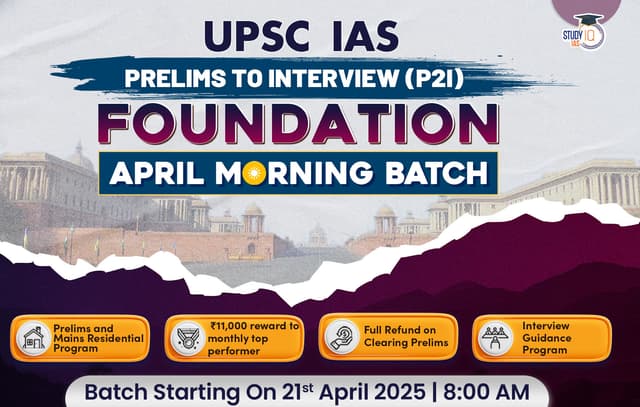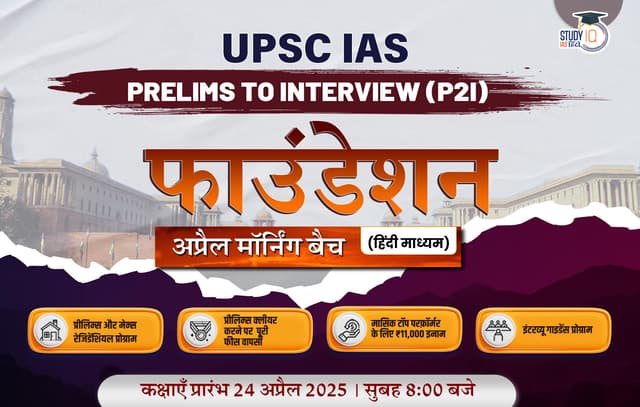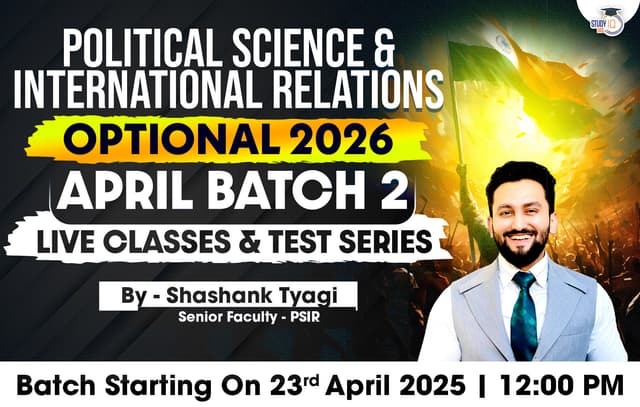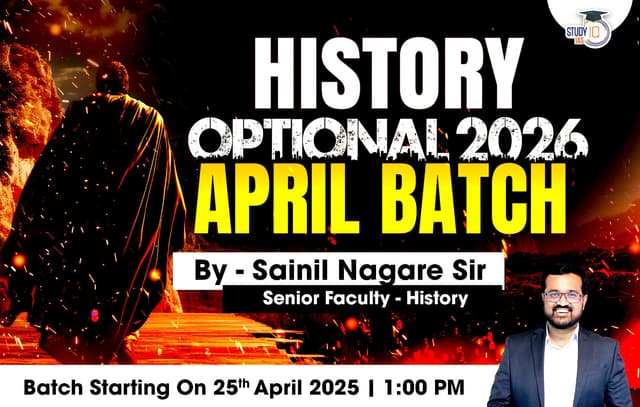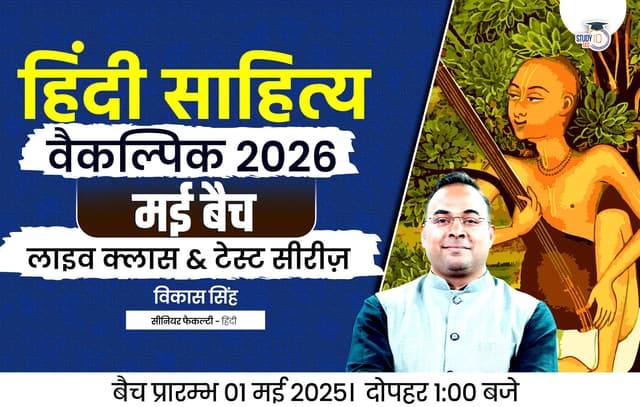Table of Contents
Context: A recent FICCI-KPMG study, ‘Global Mobility of Indian Workforce’, has estimated that by 2030, the demand for skilled workers will exceed supply, leading to a talent shortage of over 85.2 million people.
India’s Advantages and Opportunities
- Favorable Global Perception: Indian workers do not face significant hostility in most international markets.
- Skilled Indian professionals continue to find opportunities despite anti-immigration sentiments.
- Large and Young Workforce: India has a demographic advantage with a large pool of skilled professionals.
- Ability to supply talent to ageing economies in Europe, GCC, and Australia.
- Diverse Skill Base: Strong presence in IT, healthcare, engineering, and emerging sectors like AI and automation.
- Expanding skillsets in renewable energy, sustainability, and digital economy.
- Strategic Geographies for Workforce Mobility: The Gulf Cooperation Council (GCC), Europe (including the United Kingdom) and Australia have a high demand for skilled professionals.
- Healthcare, services, construction, and manufacturing remain high-demand sectors.
- Potential to Boost Economic Growth: Indian workforce participation in global markets can help India reach the $9-trillion GDP target by 2030.
- Tapping into the $8.45 trillion unrealized global economic potential.
- Government’s Focus on Legal Migration: Efforts to curb illegal migration enhance India’s reputation as a reliable talent supplier.
- Ensures better working conditions and legal protections for Indian migrants.
Barriers to the Efficient Movement of Skilled Workers Across Borders
- Regulatory and Immigration Barriers: Complex visa processes and stringent work permit regulations hinder skilled migration.
- Some countries have protectionist policies limiting the entry of foreign workers.
- Recruitment Malpractices and Trafficking: Exploitative recruitment practices and fraudulent agents take advantage of workers.
- Human trafficking remains a serious concern for migrant workers’ safety and rights.
- Policy Barriers and Skill Mismatches: Indian degrees, especially in medicine, are not universally recognized, leading to underemployment.
- Some international job markets require additional certifications or licensing.
- Language and Cultural Barriers: Lack of proficiency in the host country’s language affects job opportunities.
- Cultural differences make integration challenging, reducing workforce efficiency.
Indian Government Initiatives
- Bilateral Agreements and Free Trade Agreements (FTAs): Agreements with GCC nations and other countries to protect Indian workers’ rights.
- The Joint India-UAE Vision emphasizes skill cooperation between the two nations.
- Skill Development Programmes: Training initiatives to align Indian workforce skills with global market needs.
- Focus on sectors like automation, AI, big data, and healthcare.
- Digital Platforms for Workforce Support: Online recruitment systems ensure legal protections for workers.
- Helps prevent fraud, especially in GCC countries.
- Recognition of Qualifications: Ongoing efforts for mutual recognition of Indian academic and professional degrees abroad.
- Regulation of Recruitment Practices: Stricter oversight on recruitment agencies to prevent exploitation and trafficking.
- Promoting Circular Migration and Mobility: Temporary work visas and rotational workforce models to address labour shortages.

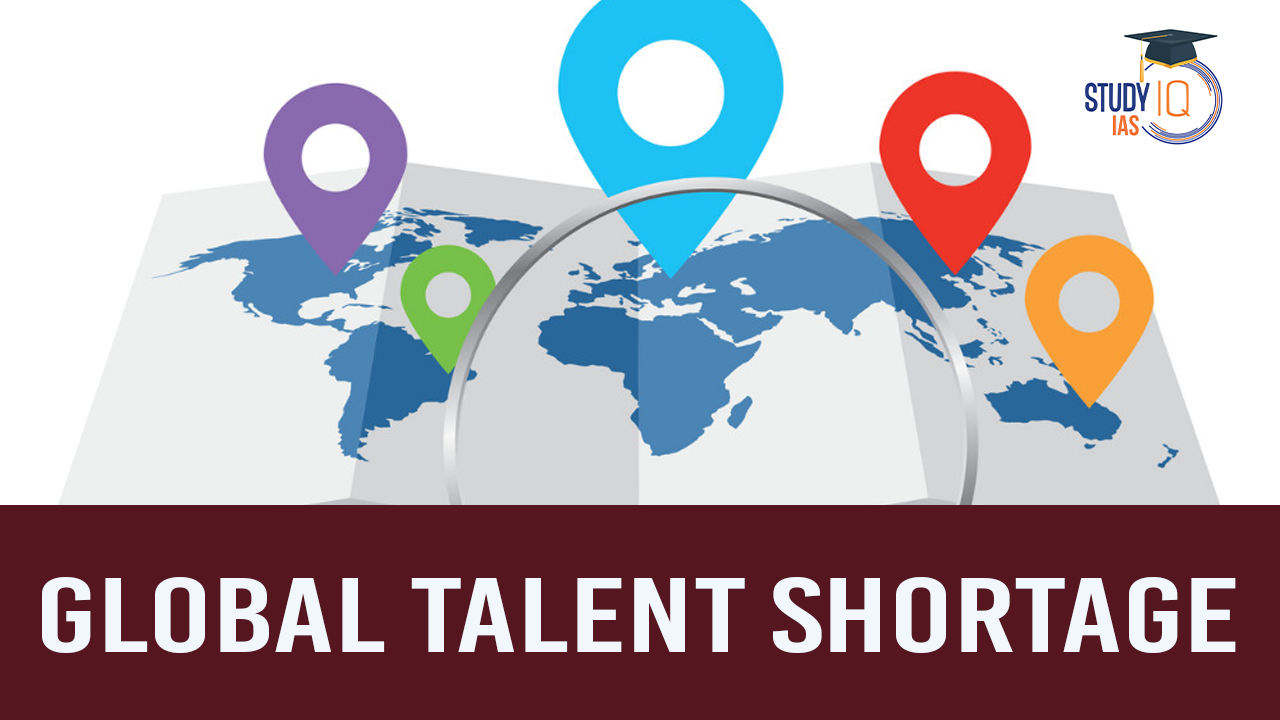
 India-Middle East-Europe Economic Corrid...
India-Middle East-Europe Economic Corrid...
 US-Iran Nuclear Talks: Key Developments ...
US-Iran Nuclear Talks: Key Developments ...
 EU Plans to Slash General Data Protectio...
EU Plans to Slash General Data Protectio...

